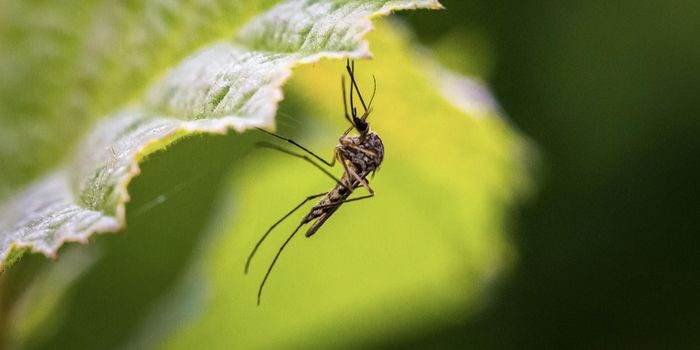Gray Seal Numbers Are Rebounding After Near Extinction
Gray seals were recently facing the very real threat of extinction given that they were being over-hunted and how environmental changes were impacting their very existence. On the other hand, new surveys now suggest that their numbers are rebounding, which is great news in terms of conservation efforts for the species.
Image Credit: wolfgang_vogt//Pixabay
Published in the journal BioScience, researchers from Duke University discuss how freely-obtained Google Maps data from 2012-2015, combined with fresh information gathered by over-head drones with onboard cameras and tracking equipment, helped them survey the creatures more accurately than ever before from a bird’s-eye view.
Related: How drones are modernizing animal surveys and helping with conservation efforts
They studied habitats off of the cost of both Eastern Canada and New England where the creatures are known to thrive, and to their surprise, they found many more gray seals than they were expecting to given the near-extinction label that they've been carrying for quite some time.
The creatures were counted both manually and in an automated fashion using computer algorithms. The automated counting enabled the researchers to get their survey done in significantly less time while still achieving a relatively accurate result that's within less than a 5% error margin; still not bad at all.
What they found was a species that was once becoming dangerously ellusive were rebounding and that perhaps their risk of extinction was becoming lower and efforts to conserve the species are indeed working fabulously.
"Past surveys based on traditional methods of counting, using occupied aircraft to survey seals on beaches, islands and seasonal ice cover, counted about 15,000 seals off the southeastern Massachusetts coast," said David W. Johnston, assistant professor of the practice of marine conservation ecology at Duke's Nicholas School of the Environment.
"Our technology-aided aerial survey, which used Google Earth imagery in conjunction with telemetry data from tagged animals, suggests the number is much larger -- between 30,000 and 50,000," he continued. "This is a conservation success that should be celebrated."
The numbers speak for themselves; the results of the latest survey are much more impressive than previous ones, which means gray seals aren’t as close to extinction as they once were believed to be, whether it's because previous counting methods weren't as accurate or because the species was able to recover.
The tracking equipment made it possible for the team to keep tabs on the creatures even when they were underwater and impossible to detect via overhead cameras. The new tracking methods used played an instrumental role in the newfanged accuracy gains and enabled researchers to detect a higher number of the gray seals than in previous surveys that used only overhead images.
In what’s undoubtedly a win for animal conservation, it would seem that the humble gray seal is doing just fine, and given a little more time, the creature just might continue to multiply out of the danger zone.









